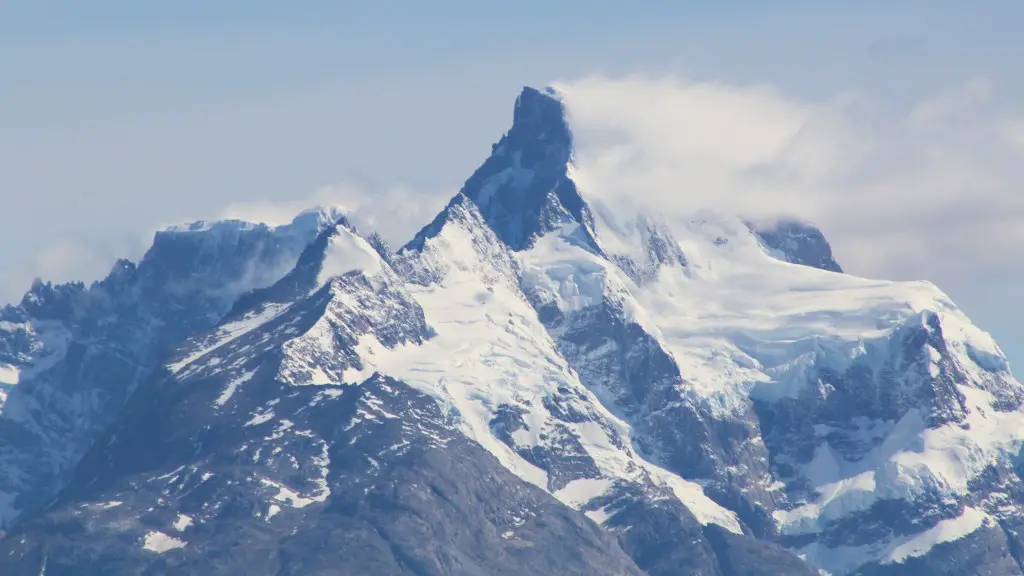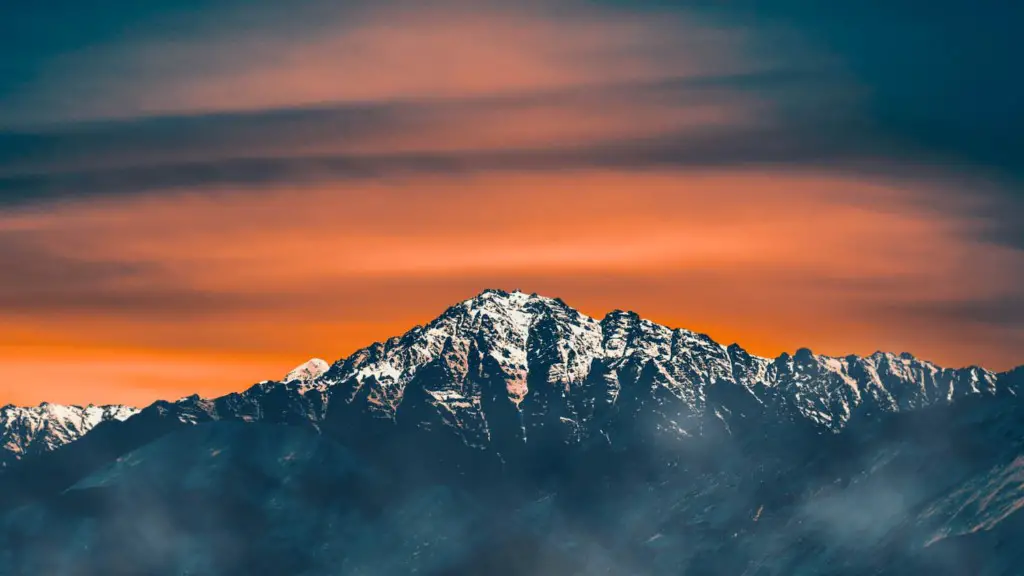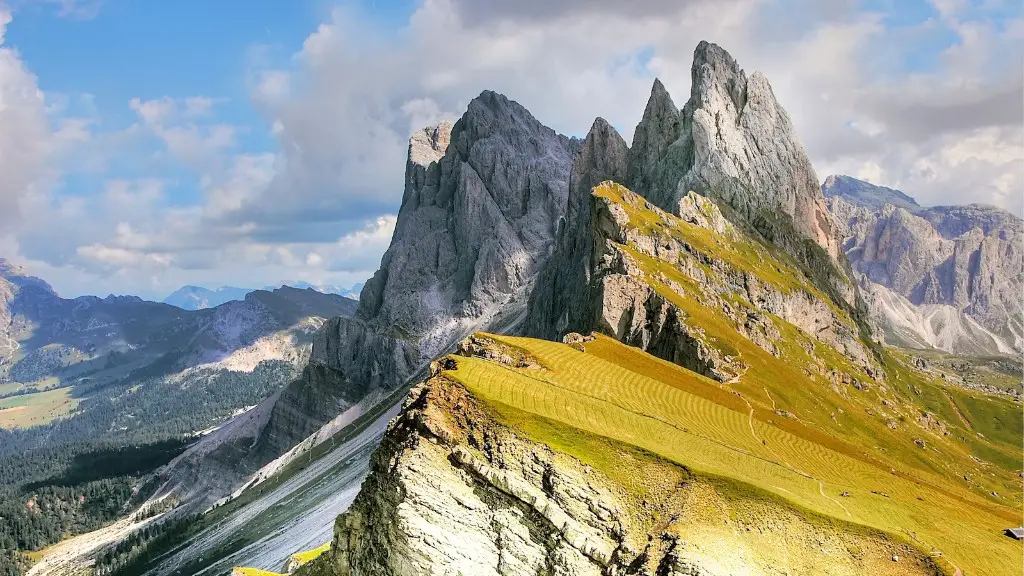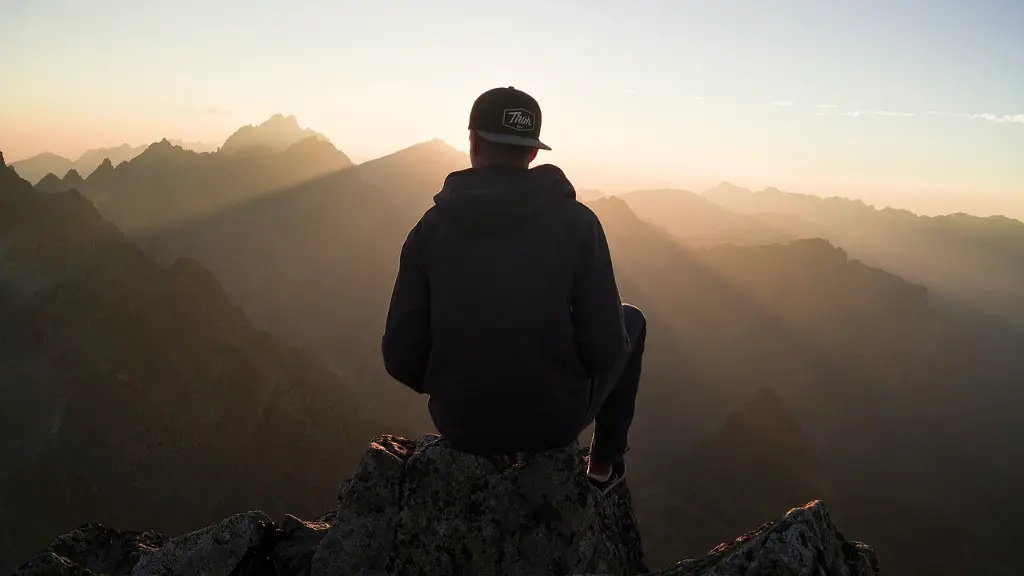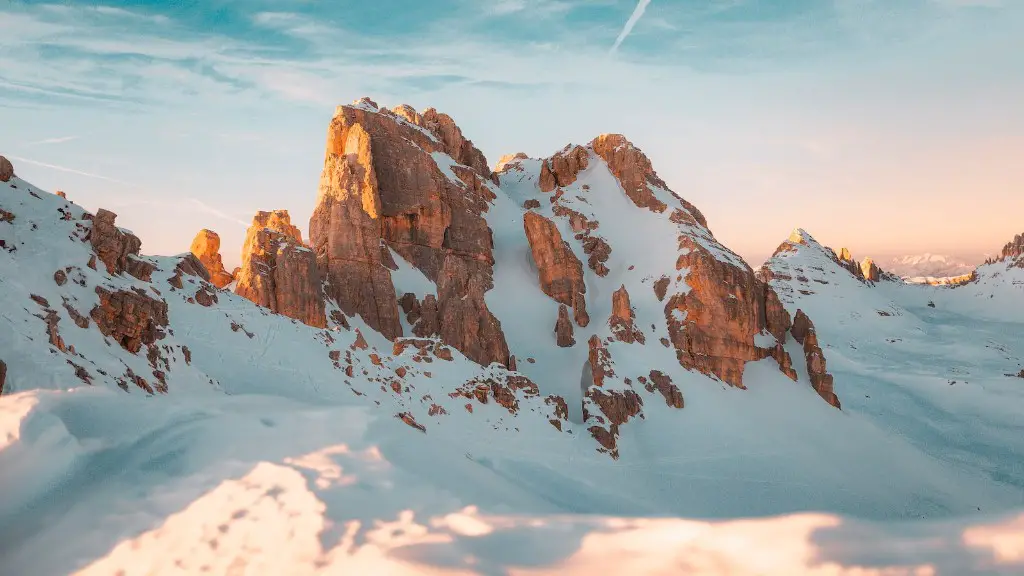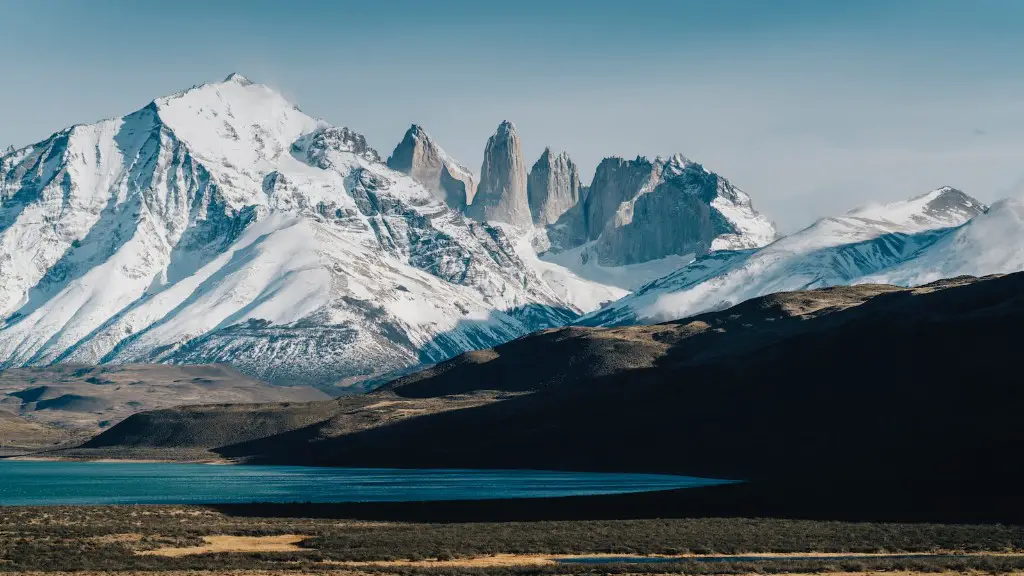In May of 1953, Mount Everest, the world’s highest mountain, was successfully climbed for the first time by Sir Edmund Hillary and Tenzing Norgay. Since then, it has become the ultimate goal for mountaineers from all over the world, and over 4,000 people have made the climb. But as the years have gone by, the mountain has become increasingly crowded, and the danger of climbing it has become more and more real. In the past few years, there have been a number of high-profile accidents and deaths on Everest, and as a result, many people are wondering if it is still safe to climb the mountain.
Yes, it is still possible to climb Mount Everest.
How much does it cost to climb Everest?
The cost of climbing Everest has continued to increase over the years, with prices ranging from $30,000 to $160,000 in 2022. While this may seem like a lot of money, it is important to remember that this is a once in a lifetime experience. The cost of the climb includes all of the necessary equipment, permits, and guides, as well as your own personal Sherpa to help you reach the summit. While it may be expensive, climbing Everest is an experience that you will never forget.
The government of Nepal has ruled that all climbers seeking to climb Mount Everest must have previously climbed a Nepalese mountain with a height of 21,325 ft (6,500 m) or higher before getting a permit. This is to ensure that climbers are physically and mentally prepared for the challenge of Everest.
Are people climbing Mt Everest in 2022
The climb up Mount Everest is no easy feat. In 2018 and 2019, a record number of 807 and 891 climbers, respectively, reached the summit. But the coronavirus pandemic led to a drop in ascents in 2020 and 2021. Thankfully, in 2022, the number of climbers rebounded, with 690 individuals reaching the top.
If you want to climb Mount Everest, you need to get a permit from the Nepalese government. The permit grants you legal permission to be on the mountain, so that in the event of an emergency, the Nepalese authorities will rescue you. However, if you’re on the mountain without a permit, you’re out of luck, since you’re not supposed to be there and therefore won’t be acknowledged.
How cold is it at the top of Everest?
The Mt Everest top sees its coldest temperature from the Mid-December until the Late-January where the average temperature revolves around -37°C(-35°F). Similarly, the average temperature at Everest Base Camp during the winter season is around -17°C(14°F).
George Mallory’s body was found in 1999, 75 years after his death in 1924. Mallory had attempted to be the first person to climb Everest, but he disappeared before anyone could confirm whether or not he had achieved his goal. The discovery of his body was made possible by an unusually warm spring, which melted the ice and snow around his remains. This discovery provides new insight into the final moments of Mallory’s life, and offers a glimpse into the history of one of the world’s most iconic mountains.
How long will it take to walk Mount Everest?
Assuming you are asking for information on a potential Everest expedition:
It takes, on average, 19 days to trek to and from Everest Base Camp. Once at Everest Base Camp, it then takes an average of 40 days to climb to the peak of Mt Everest.
Due to Nepal’s location in the Himalayas, potential climbers must be prepared for severe weather conditions. Temperatures can range from -20 degrees Celsius to -60 degrees Celsius and strong winds are always a possibility.
Climbing Everest is an extremely strenuous and dangerous undertaking. It is important to be prepared both mentally and physically before embarking on such a journey.
Nims Purja has set two new world records, completing the summits of Everest, Lhotse and Kanchenjunga in just eight days, 23 hours and 10 minutes. This is an incredible feat, and Purja has once again pushed the boundaries of what is possible in mountaineering. His achievement is all the more impressive given that he did it without supplementary oxygen. Congratulations to Nims Purja on his incredible accomplishment!
What is the death zone on Mount Everest
The “death zone” is an ominously named region of the world’s tallest mountains. The summits of the 14 tallest mountains are all found in this region, which is typically identified as 8,000 metres (26,000 feet) above sea level. At these altitudes, the oxygen levels are insufficient to sustain human life for an extended period. This region is particularly dangerous for climbers because of the lack of oxygen and the extreme cold temperatures.
Expedition Everest at Disney’s Animal Kingdom was closed for a rather lengthy refurbishment early this year. The popular attraction reopened in August with some new features, including an updated look for the Yeti.
How many bodies can you see on Mount Everest?
It’s sad to think that there are at least 200 corpses on Everest, all while people are still recklessly climbing the mountain. It’s even worse when you realize that these corpses are used as landmarks for others climbers. It’s a dark reality of the mountain that’s often hidden behind the glamour and excitement.
Everest is closed for its annual software update from mid-January to mid-April.
Why climbing Everest is expensive
It is no secret that climbing Mount Everest is an expensive undertaking. Not only do you need to factor in the cost of equipment and supplies, but also the cost of transportation. Getting to and from base camp can be a logistical nightmare, and often requires the use of a helicopter. This, of course, adds a significant cost to the already expensive expedition.
One way to reduce the cost of an Everest expedition is to use a smaller climbing team. Instead of having a team of several climbers and Sherpa guides, try to organize a team of just one climber and one Sherpa guide. This will reduce the number of people that need to be transported to and from base camp, and can save you a significant amount of money.
The Khumbu Icefall is the most dangerous part of an Everest expedition, even with the extensive systems of ropes and ladders installed each climbing season by the ice doctors. This is because the icefall is constantly shifting and collapsing, making it very difficult to navigate. climbers have to be very cautious and always be aware of the risks.
Who is the youngest person to summit Mt Everest?
Jordan Romero is an American mountain climber who was 13 years old when he reached the summit of Mount Everest. Rameo was accompanied by his father paul Ramero and his step-mother Karen Lundgren, and three sherpas, Ang Pasang Sherpa, Lama Dawa Sherpa, and Lama Karma Sherpa.
Our award winning team have been granted permits to sleep in Everest Base Camp even though, traditionally, only teams with expedition permits have been allowed to sleep there Sleeping at Everest Base Camp is one of the more unique adventure treks out there. Our team is excited to have the opportunity to sleep at Everest Base Camp and to experience all that the area has to offer. We are grateful to have been granted this opportunity and we will make the most of it.
Can I climb Mount Everest for free
Hey there!
If you’re interested in taking a trek with us but are worried about the cost, don’t worry! We have a deal where if you can find ten other people to join you on the trip, your place will be free. So gather up some friends and embark on an adventure with us!
From the data presented, it can be seen that Everest has more extreme conditions in the climbing and midwinter seasons than K2. K2’s 8° higher latitude makes its midwinter BP similar and Temp lower than Everest’s. However, overall, K2 presents more extreme conditions than Everest.
Warp Up
Yes, you can still climb Mount Everest.
Yes, you can still climb Mount Everest, but it is not an easy feat. You need to be in good shape and have a lot of experience. There are also a lot of dangers, such as avalanches and crevasses.
